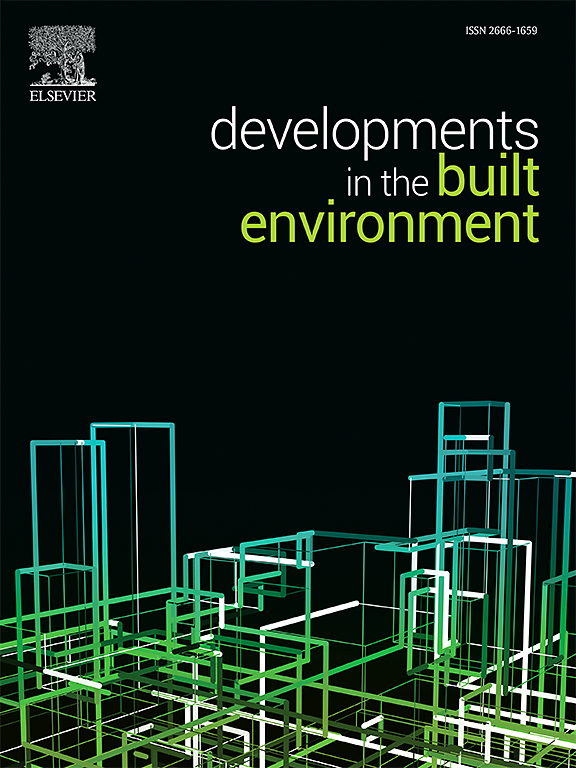Rheology, mechanical properties and microstructure characterization of limestone calcined clay cement (LC3) incorporated sustainable lightweight self-compacting concrete
IF 6.2
2区 工程技术
Q1 CONSTRUCTION & BUILDING TECHNOLOGY
引用次数: 0
Abstract
In recent years, there has been growing interest in the possibility of achieving zero-emission goals using environmentally friendly building materials. Significantly, the concrete industry utilizes numerous alternatives as supplementary cementitious materials (SCMs) for development in construction sector. The integrity of these materials has the potential to alter the rheological properties of fresh concrete with ease of their chemical reactivity over time. The physico-chemical behavior of limestone calcined clay cement (LC3) and lightweight expanded clay aggregate (LECA) provides significant information about the intrinsic material characteristics including rheological attributes, of novel lightweight self-compacting concrete (LWSCC) of a target strength of 25 MPa. Primarily, the ease of flow in concrete is governed by the thixotropy and rheological parameters under dynamic motion. Secondarily, the perfect flow model is essential for determining the change in non-linearity in the mixes, leading to shear thickening. Therefore, the overall rheological behavior was determined through slump flow, L-box, U-box, V funnel, and shear flow curve tests using a coaxial vane rheometer with the help of Reiner-Riwlin (R-R) equations. Herschel-Bulkley (H-B) and Modified Bingham (M − B) equations numerically validates non-linearity with flow index (n) ranging between 1.52 and 1.79 with c/μ >0. For optimized LWSCC mix; the dynamic yield stresses varied by 20% owing to hydration acceleration and surface charge of metakaolin with an increase in plastic viscosity by 25% under low shear rate. It was found that the extent of flocculation and particle mitigation governs particle interactions in binders at low shear rates. Moreover, the significant reduction in fresh density by 35% (as compared to control mix) and the measurement of thermal conductivity through transient-state method explain the anisotropic structure effect of silicate layers in the heterogeneous LC3 system. A Microstructure study was employed to understand the contribution of secondary calcium silicate hydrate (C-S-H), chemical interaction of metakaolin, and interfacial transition zone (ITZ) through scanning electron microscopy (SEM). Finally, embodied energy assessment and cost analysis showed reduction in carbon dioxide (CO2) emission and cost by nearly 16% and 13%, respectively, leading to a step toward global net zero emission with sustainability.

求助全文
约1分钟内获得全文
求助全文
来源期刊

Developments in the Built Environment
Multiple-
CiteScore
7.40
自引率
1.20%
发文量
31
审稿时长
22 days
期刊介绍:
Developments in the Built Environment (DIBE) is a recently established peer-reviewed gold open access journal, ensuring that all accepted articles are permanently and freely accessible. Focused on civil engineering and the built environment, DIBE publishes original papers and short communications. Encompassing topics such as construction materials and building sustainability, the journal adopts a holistic approach with the aim of benefiting the community.
 求助内容:
求助内容: 应助结果提醒方式:
应助结果提醒方式:


